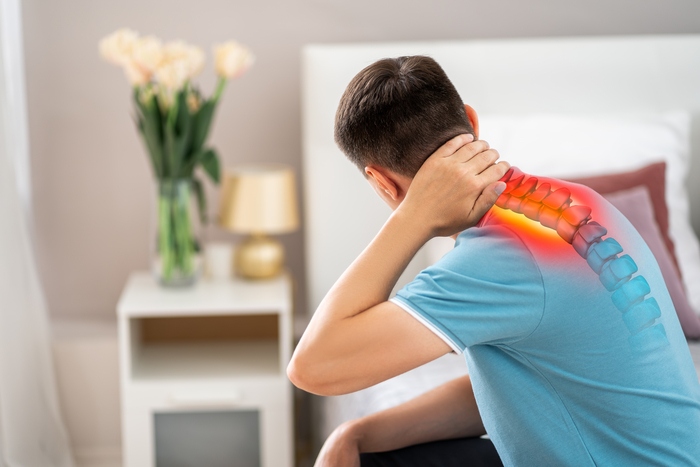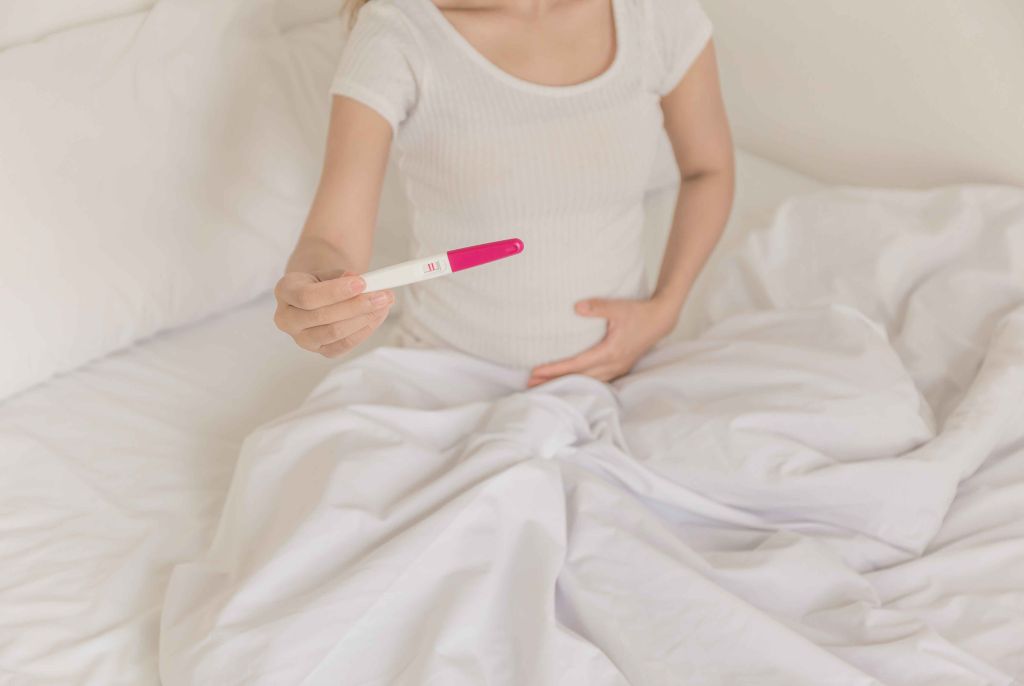Cervical Spondylosis - Symptoms, Causes & Treatment
Written By: Dr. Mohamed Ghanem
Updated On:December 27, 2023

What is Cervical Spondylosis?
Your neck is impacted by a degenerative condition called cervical spondylosis. The cushioning between your vertebrae and the bones in your spine is often provided by soft disks. These disks narrow when there is cervical spondylosis.
When this happens, the cartilage that lines the vertebrae where they meet on each side of the disc may begin to erode. When the protecting cartilage between your vertebrae wears down, spurs may form where they brush against one another. There may be less space for spinal cord-attached nerves to travel through when exiting the spine between the vertebrae.
Causes of Cervical Spondylosis
The bones that make up the neck and back gradually lose strength as people age. Changes like these might cause cervical spondylosis and are due to
- Disks that have been dehydrated. Between the spine's vertebrae, disks function as cushions. Most people's spinal disks start to dry out and shrink by the time they reach the age of 40. More vertebrae are in contact with one another as the disks get smaller.
- Rupturing disks. The outside of the spinal disks also exhibits cracks. These fissures can be traversed by a disk's soft interior. It can occasionally put pressure on the spinal cord and nerve roots.
- Bone growths. The body may make more bone as the disks degenerate in an erroneous attempt to fortify the spine. The spinal cord and nerve roots may occasionally become irritated by these bone spurs.
- Rigid ligaments. Ligaments are tissue strands that join one bone to another. Age-related spinal ligament stiffening can reduce the flexibility of the neck
Symptoms of Cervical Spondylosis
The majority of patients don't have any symptoms for cervical spondylosis. But if present, neck pain and stiffness are the prominent symptoms.
Furthermore, if the spinal cord or nerve roots are compressed, you could have any of the following symptoms:
- A tingling sensation in the extremities
- Coordination and walking difficulties
- Lack of bladder and/or bowel control
When to see a doctor for Cervical Spondylosis?
If you experience a sudden onset of the symptoms, which may include numbness, weakness, or loss of bladder or bowel control, get medical attention.
Cervical Spondylosis Risk Factors
The following are risk factors for cervical spondylosis:
- Age. As people age, cervical spondylosis is more likely to occur.
- Occupation. The neck is particularly stressed by jobs that require a lot of overhead work, uncomfortable posture, or repetitive neck movements.
- Neck wounds. Cervical spondylosis risk seems to be increased by prior neck traumas.
- Genetic influences. Over time, some people in particular families will go through more of these changes.
- Smoking. Smoking is associated with worsening neck pain.
Cervical Spondylosis Complications
Damage from cervical spondylosis can be permanent if your spinal cord and nerve roots are severely compressed.
Cervical Spondylosis Diagnosis
To determine whether you have this ailment, your healthcare professional will perform a physical examination on you. You'll likely talk about any neck injuries you've experienced and outline your symptoms. Your neck, shoulders, arms, and legs will likely be examined by the medical professional to see how well they are functioning. Other examinations that could aid in a diagnosis include:
- Image-based tests. A healthcare professional can see images of the structures in your spine thanks to X-rays, MRIs, and CT scans. These can display your spinal cord as well as the bones, disks, muscles, and nerves in and around your neck.
- Myelography. The doctor does a CT scan after injecting a tracer into the fluid surrounding your spinal cord to determine how the bone spurs and disks are affecting each specific nerve.
- Electromyography. This examination reveals the efficiency with which your nerves transmit messages from your spinal cord to your muscles.
Cervical Spondylosis Treatment
Depending on your symptoms, your doctor may advise one of numerous cervical spondylosis pain-reduction methods. These might consist of the following
- Medicines. NSAIDs like ibuprofen, aspirin, and others may be advantageous in addition to narcotic medications and muscle relaxants.
- Physical therapy. You can learn stretching and strengthening exercises from a physical therapist, which might help with some of your problems.
- Heat or ice. In accordance with your doctor's or physical therapist's instructions, place an ice pack or heating pad on your neck.
- Collar. Your symptoms may improve if you wear a soft collar around your neck for brief periods of time. However, wearing it for a long time may weaken your neck.
- Injections. A medical professional may provide painkillers and steroids intravenously to the sore neck joint or the area surrounding the spinal cord.
- Surgery. Surgery is typically not required. However, if necessary, surgeons can perform a range of procedures to relieve pressure on the spinal cord or the nerves exiting your spine. A surgeon might also remove bone from the region surrounding the opening where the nerve leaves the spine or from other vertebral parts. After undergoing one of these surgeries, he or she might additionally fuse the bones in the spine. You will be sedated by a skilled anesthesiologist before surgery so that you won't feel anything.
Cervical Spondylosis Prevention
Although cervical spondylosis may not be preventable, taking the following precautions may lessen your risk:
- Continue to be active
- Maintain a proper posture
- When exercising or playing sports, always use the proper gear and form to avoid neck injuries
References
Binder, A. I. (2007). Cervical spondylosis and neck pain. Bmj, 334(7592), 527-531.
Ferrara, L. A. (2012). The biomechanics of cervical spondylosis. Advances in orthopedics, 2012.
Lees, F., & Turner, J. A. (1963). Natural history and prognosis of cervical spondylosis. British medical journal, 2(5373), 1607.
Shedid, D., & Benzel, E. C. (2007). Cervical spondylosis anatomy: pathophysiology and biomechanics. Neurosurgery, 60(suppl_1), S1-7.
Singh, S., Kumar, D., & Kumar, S. (2014). Risk factors in cervical spondylosis. Journal of clinical orthopaedics and trauma, 5(4), 221-226.
Theodore, N. (2020). Degenerative cervical spondylosis. New England Journal of Medicine, 383(2), 159-168.
Meet our doctors from the department









